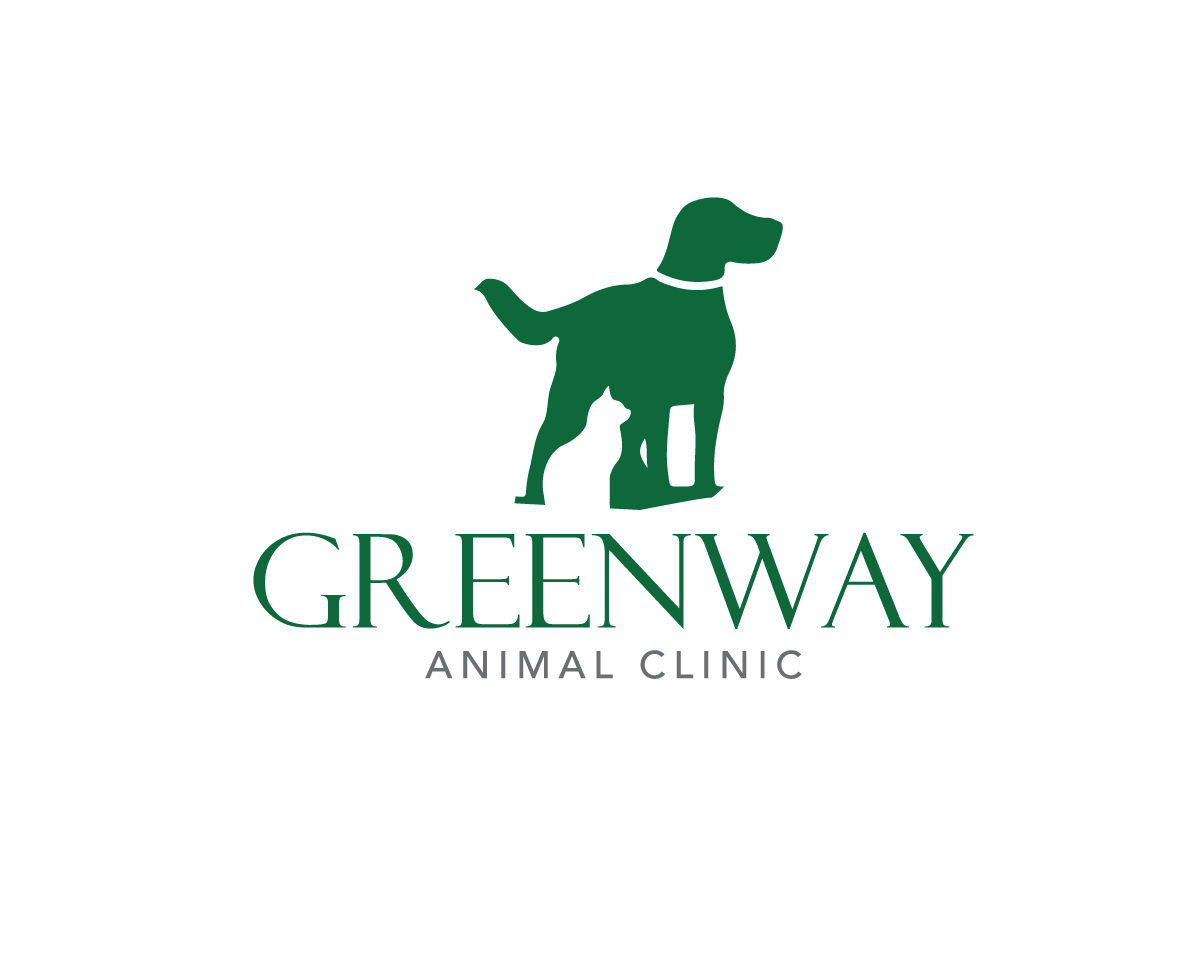Pet Health Library
-
Also commonly called buster collars and Veterinary collars,these are cones usually made of fairly rigid plastic and fitted to the cat's collar so that they project forwards over the head. They are often necessary following an injury or procedure so the cat can not interfere with its dressing. While wearing a collar, you may need to provide extra care for your cat, such as helping them eat. The reduced range of vision often makes cats nervous or anxious as well.
-
Increasingly, with improved nutrition, health care and management changes, more and more cats are living to greater ages. From this we can see that elderly cats form an ever increasing group of animals that need to be cared for.
-
Carnitine (L-cartinine) is an amino acid (protein building block) that the body uses to turn fat into energy. Specifically, carnitine is required for transporting long chain fatty acids and their derivatives into the mitochondria of cells.
-
Carprofen is a non-steroidal anti-inflammatory drug used to relieve pain and inflammation. Your veterinarian may prescribe carprofen to reduce pain in arthritis or following surgical operations.
-
Over 90% of infected wounds in cats result from cat bites sustained during a cat fight. An abscess is a pocket of pus usually under the skin causing a swelling, fever and discomfort.
-
All cats have a large number of bacteria, such as Pasteurella multocida, in their mouths which can be transmitted to the bite wound. An infected bite wound can become red, swollen and painful with a risk of spread of infection elsewhere in the body.
-
Cat scratch disease, or cat scratch fever, is a disease of humans, not of cats. A cat scratch is often associated with the disease, however this is not believed to be the means by which infection occurs. Recent evidence suggests that the major route of infection is by flea bite. The disease is caused by a bacterium-like organism called Bartonella henselae. Bartonella henselae is sensitive to a number of antibiotics.
-
Losing weight is often a difficult process and animals, like people, often take weeks or months to shed those unwanted pounds.
-
There are many reasons, why an animal may do the same thing again and again. It may be a response to something specific which triggers the behaviour.
-
Punishment is the application of a stimulus that decreases the chance that a behaviour will be repeated. It should coincide with the undesirable behaviour, and must be unpleasant enough to deter the cat from repeating that behaviour.

